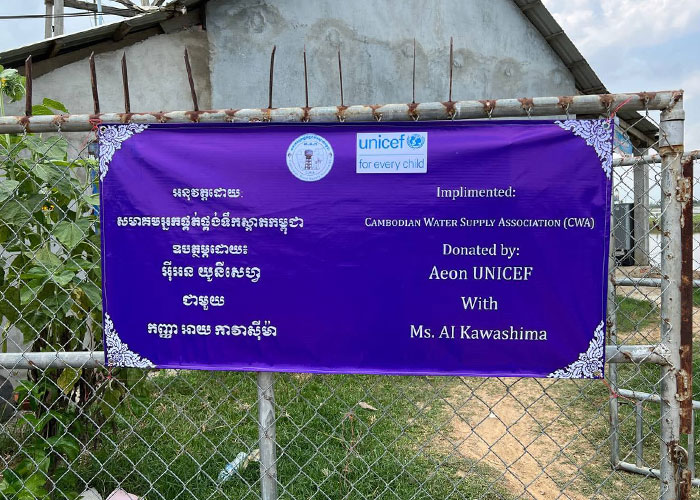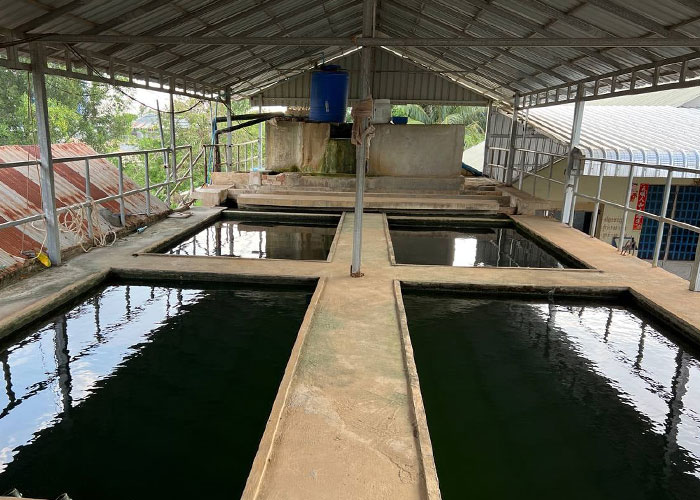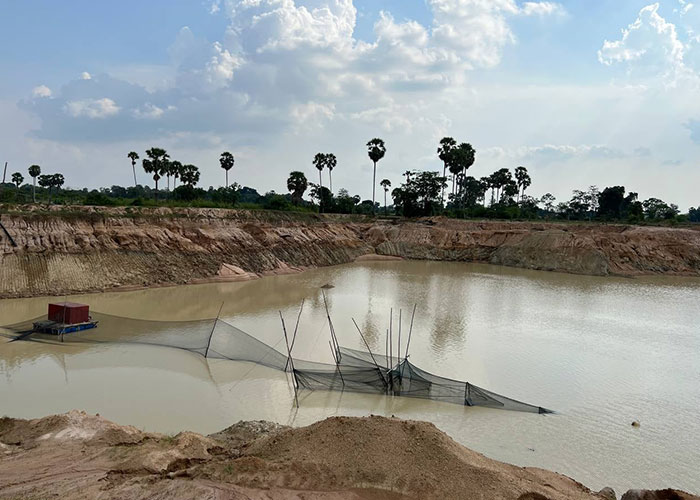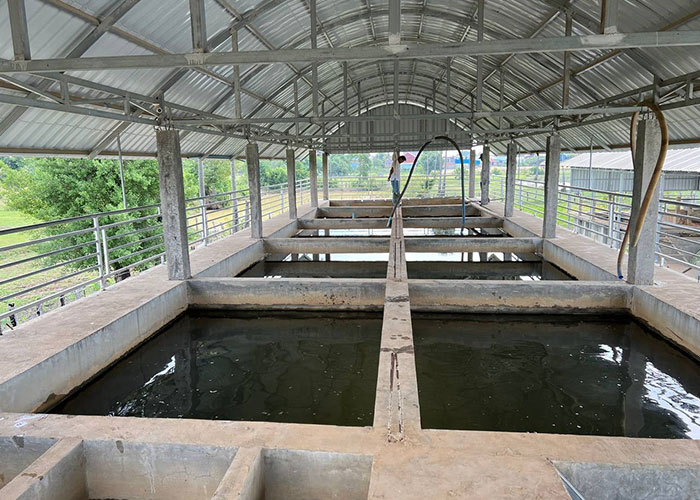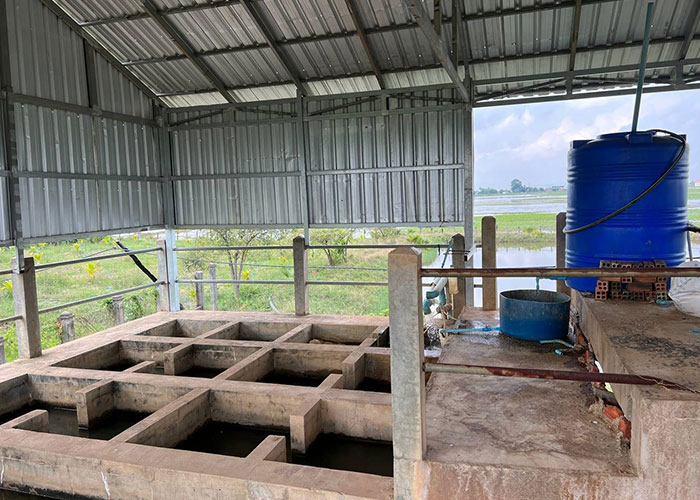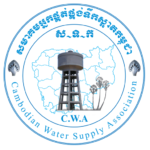
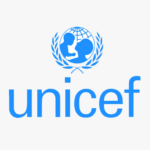
Project
«Climate resilient piped water supply in climate risk communes in Kampong Speu and Takeo»

-
- 1. Project Context
Mean rainfall over Cambodia does not show any consistent increase or decrease since 1960 and the proportion of rainfall that occurs in heavy events has not altered significantly since 1960. Cambodia experiences almost all types of hydro-meteorological hazards, including floods, drought, heavy storms/ typhoons, and most geographical regions of the country – the Riverine Central Plains, coastal ecosystems and the Dangrek mountain range in the north and Cardamom mountains in the southwest – are exposed to one or more of these hazards.
Increases in mean annual temperature in Cambodia are predicted to be between 1.4 and 4.3°C by 2100. Mean annual rainfall is also predicted to increase, with the most significant increases experienced in the wet season. As with the other countries in the Greater Mekong Sub-region, flooding and droughts are expected to increase in terms of frequency, severity and duration .
While the projected impact of climate change on precipitation have higher levels of uncertainty than projected temperature increases, and the impact of future dam development on hydrological systems is also an area of uncertainty, data exists on the vulnerability of WASH services in Cambodia to seasonal variations: a vulnerability which climate change risks amplifying, presenting further challenges to achieving and sustaining national and global targets of universal access to WASH.
Although Cambodia has made remarkable progress in increasing Cambodian population access to basic water supply over the past decades, gaps remained in access to the services. One in four rural Cambodians use water from non-improved drinking sources.
They experienced a 22 percentage point wet to dry season decrease in those using improved water sources, compared to a 2 percentage point decrease in urban areas during the same period . The poorest rural households experience a 20 percentage point drop in those using improved water sources, compared to a 11 percentage point drop amongst the richest rural households .
Research has also indicated that burdens of water-borne diseases – cholera and diarrhea (with diarrhea prevalent in children under-five and an important factor in malnutrition) – may increase if climate changed induced water-scarcity is exacerbated and extreme weather events threaten safe water and sanitation services. Furthermore, rising temperatures may increase the risk of diarrheal disease .
Therefore, CWA proposed this partnership project with UNICEF in Oudongk district, Kampong Speu province and Borei Cholsar district, Takeo province, in the communes where the indicating relatively low projected rainfall, which when combined with a relatively long projected dry spell is assumed to indicate the risk of relatively high water scarcity. This partnership and the results indicated to be achieved also align to UNICEF’s rolling workplan with the Government for 2021.
The proposed interventions were defined as climate adaptive measures based on the technical solutions defined under climate risk identification for commune water safety plan in the target areas that were already conducted by MRD/PDRD and commune authorities with the technical supervision from UNICEF in 9 communes in the two selected districts, and some communes are cluster communes piped water systems.
The interventions will tackle the aforementioned issues by:
-
- (I) Expanding piped water supply system networks and improve existing raw water sources (ponds) and establishing new climate resilient boreholes to ensure water source availability during dry spell period, including the use of reneable energy (solar pumping systems);
- (II) Providing supports for the establishment of village level water supply systems; and
- (III) Documentation of learning, knowledge sharing and capacity development of climate resilient piped water supply, including the installation of groundwater level monitoring for selected piped water supply systems through the use of automatic groundwater level monitoring equipment installed into the drilled boreholes in selected piped systems.
- (IV) With engagement (see attached product brochure) with MoWRAM, CWA will also conduct feasibility analysis including use its internal capacity through phone interview with CWA’s private water opertor (PWO) members in Cambodia on the potential use of its PWO network for the expanding use of groundwater monitoring.
- (V) The TOR for this analysis will be jointly developed with UNICEF and MISTI.
-
- 2. Project Goal focus
-
-
-
- Total of 1,170 households gain sustainable access to newly pipes installed (including 2,047 women and 1,825 children)
- Estimated at least 2,310 existing households/connections from piped water systems will benefit from water source improvement to cope with potential climate risk
- At least 2,200 households, including 3,850 women and 3,432 children have access to the village level piped water supply by end of project.
-
-
-
- 3. Project Output
Output 1
Private water operators have improved the water supply system through pipe network expansion and water source improvement in the targeted communes to cope with climate risks in response to risks identified in water safety plan process.
Output 2
At least 2,200 households living in target communes benefit from climate resilient village level piped water supply in response to risks identified in water safety plan process by end of 2022.
Output 3
Climate resilient learning, knowledge sharing and capacity development of piped water supply.

